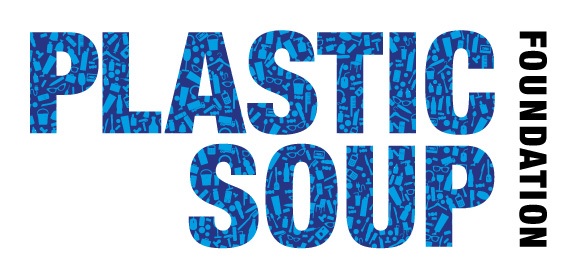Your most frequently asked questions
We have a new section on our website, the FAQ! We crafted this section to answer many of your frequently asked questions. Dive in!
General
1. Are single-use plastics more hygienic and, therefore, safer
than reusable alternatives, especially in times of a pandemic?
It seems logical to think that packaging and other single-use plastic utensils protect you better against the COVID-19 virus than reusable products, but it’s not that simple.
The plastics industry and producers of fossil fuels, which produce plastic, of course want to convince us of the usefulness of disposable plastic. That’s the reason we currently see news articles warning us about how COVID-19 could survive for up to 9 days on reusable bags.
But actually, there hasn’t been any research done on the safety of reusable bags. On the contrary, this study concludes that the virus – if it behaves like SARS or MERS – can survive up to 9 days on materials such as metal, glass, and PLASTIC! Another recent study claims that the virus survives up to a maximum of 3 days.
Therefore, single-use plastics aren’t necessarily safer because – once infected – they can carry the virus for a long time. So be aware that there can be a false sense of safety when using single-use plastics.
Plastic Soup Foundation advises you to listen to science and keep on using your environmentally friendly, reusable materials, but please make sure to always clean them properly and more often. At the end of the day, it’s all about limiting our potential exposure to the virus, and since we are not aware of what happens with packaged products, we can have much more control over our reusable ones.
And, of course, we as PSF will continue fighting the attempts of the plastics industry to use this pandemic to promote single-use plastics and delay or get rid of legislation on this matter.
Read more here
2. How can I order a Plastic Soup Education Kit for elementary schools?
The Plastic Soup Education Kit for elementary schools is only available in Dutch and can only be ordered by Dutch or Flemish elementary schools. For more information please visit the our Dutch Education page.
Clothes
1. What are microfibers?
Synthetic materials such as polyester, acrylic, and nylon represent about 60% of the clothing material worldwide. Out of this 60%, the most used one is polyester. These man-made materials are highly popular and usually chosen by the fashion industry because of their availability, durability, resistance, and affordability.
When manufactured, washed, and worn, clothes made out of synthetic materials lose tiny plastic fibers that end up in the environment. Plastic that ends up in the environment does not biodegrade, it fragmentizes into smaller pieces. These tiny pieces, called microfibers, are smaller than 5 mm and are known as microplastics, which are usually not visible to the naked eye.
Read more at the Ocean Clean Wash Website!
2. What is microfiber pollution?
Every time we do our laundry an average of 9 million microfibers, microplastics from synthetic materials, are released into wastewater treatment plants that cannot filter them. Because of that, these fibers end up in the ocean. Also, just by wearing synthetic clothes, plastic fibers are constantly being released in the air.
Plastic particles washed off from synthetic clothes – such as polyester, acrylic or nylon – contribute up to 35% of the primary plastic that is polluting our oceans.
Read more at the Ocean Clean Wash Website!
3. Are microfibers bad for the environment?
Microfibers from synthetic textiles have been found everywhere in the environment. Scientists have found them in the Mariana Trench (the deepest point of the ocean), at the top of the Himalayas, among the sediment surrounding beaches, in mangroves, and in Arctic ice.
These plastic fibers are being eaten by zooplankton and other species. They have also been found in fish being sold in markets, in wild fish, in farmed and wild mussels, oysters, chicken, in sea salt and even in beer, honey, and cane sugar. Fibers have been found in tap water as well as bottled water.
Microfibers are also falling from the sky. Even more, a research carried out in London showed that locals are breathing in millions of microfibers every day.
Read more at the Ocean Clean Wash Website!








